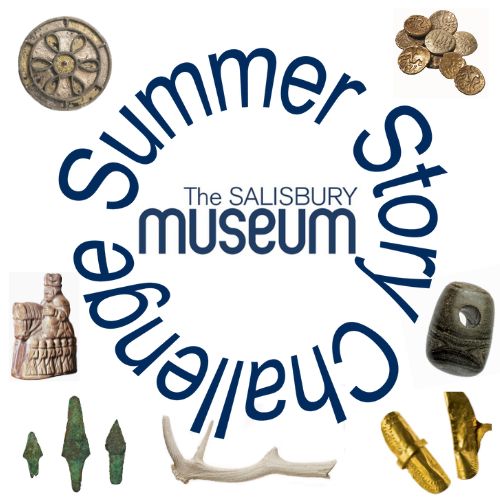Monkton Deverill Torc
In 1990 two metal detectorists discovered this finely made gold torc and copper alloy axe near Monkton Deverill, Wiltshire. They were found in a hole cut into the silt of a ditch surrounding an earlier Bronze Age burial mound. The axe had been placed carefully above the torc.
The torc was declared treasure but the owner contested the decision and a three-year legal battle ensued. But after two inquests the Crown concluded ‘the torc had been hidden for safekeeping and was declared Treasure Trove’ and became the property of the Crown. It had decided the torc had been left by the owner who intended to come back and collect it later.
This find led to the reform of the medieval common law of Treasure Trove and the Treasure Act was established in 1996. ‘Any treasure found regardless of the circumstances in which it was deposited, even if it was lost or left with no intention of recovery, belongs to the Crown’.
Bought by the Museum with financial assistance from the MGC/V&A Purchase Grant Fund, The National Art Collections Fund, Salisbury District Council, the Goldsmiths Company, the L.J. Skaggs and Mary C. Skaggs Foundation of America, numerous trusts, members and private individuals.


